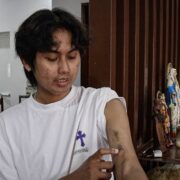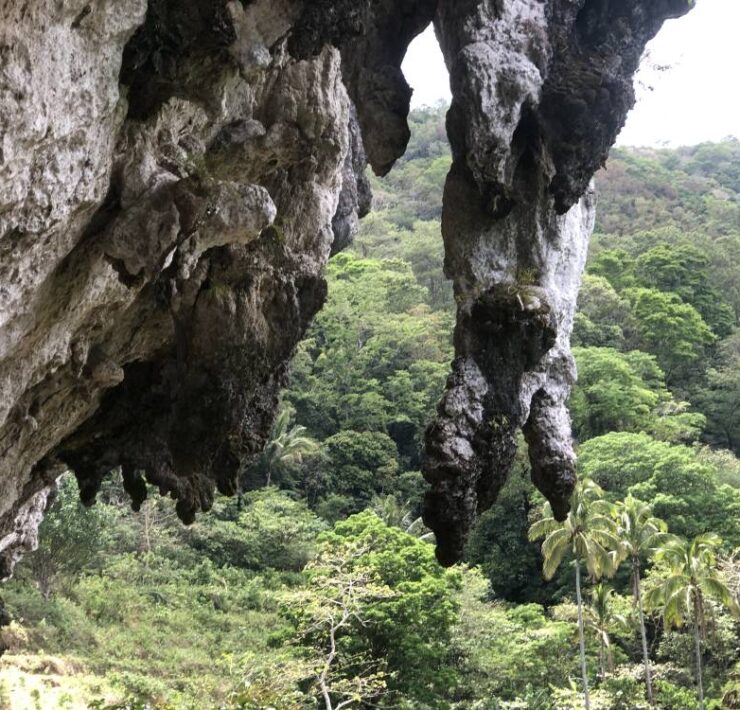Where ‘baboy damo’ can still roam wild and free
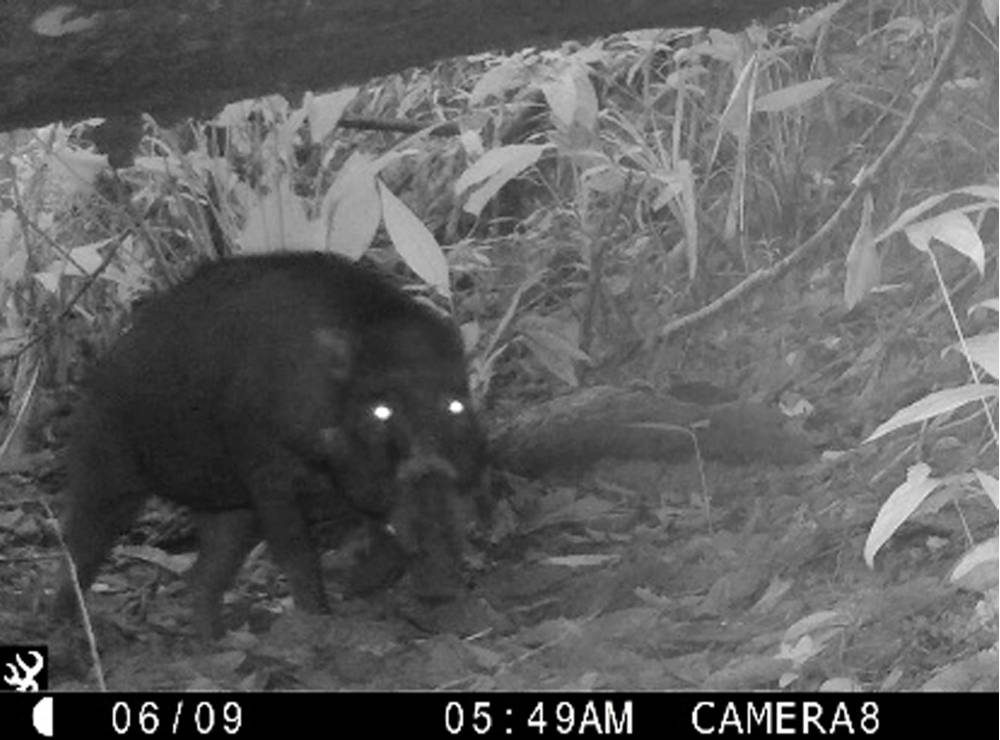
Deep in the misty mountains of Leyte, we searched for “baboy damo” (wild boars). The rainforest was cool that day in February 2023, but since each squishy step ended in ankle-deep mud, I was sweating like a pig.
The biologists in our company were busy recording the mountain’s native plants or installing motion-activated trail cameras to snap images of the sneaky pigs, which had eluded us for a week.
“Wild pigs are really hard to see,” explained Nelmar Aguilar, Watershed Management Officer of the Energy Development Corp. (EDC) in Leyte. “Because of generations of hunting, the Philippine warty pigs that inhabit these mountains have learned to avoid people. But our camouflaged trail cameras should give us a peek into their private lives.”
Wild pigs were once common throughout the Philippines. Though ecologically important, they suffer from an image ingrained in our minds through time: Too many Pinoys (myself included) equate pigs with food. Elar’s Lechon, Sisig Hooray, Lapid’s Chicharon and Romantic Baboy are, after all, great places to pig out.
Called baboy damo in Luzon, and “baboy ihalas” in the Visayas and Mindanao (all roughly mean bush pig), wild pigs sport bristly mohawks, cool beards, facial warts and extremely sensitive snouts: Their sense of smell is 2,000 times keener than ours.
Sighting made headlines
The country hosts five wild pig species: the Philippine warty pig (Sus philippensis), Oliver’s warty pig (S. oliveri), Palawan bearded pig (S. ahoenobarbus) and Visayan warty pig (S. cebifrons) are endemic and found nowhere else on Earth, while another species of bearded pig (S. barbatus) is found in Tawi-Tawi (where 99 percent of the population is Muslim and thus avoid pork), plus other islands in Indonesia and Malaysia.
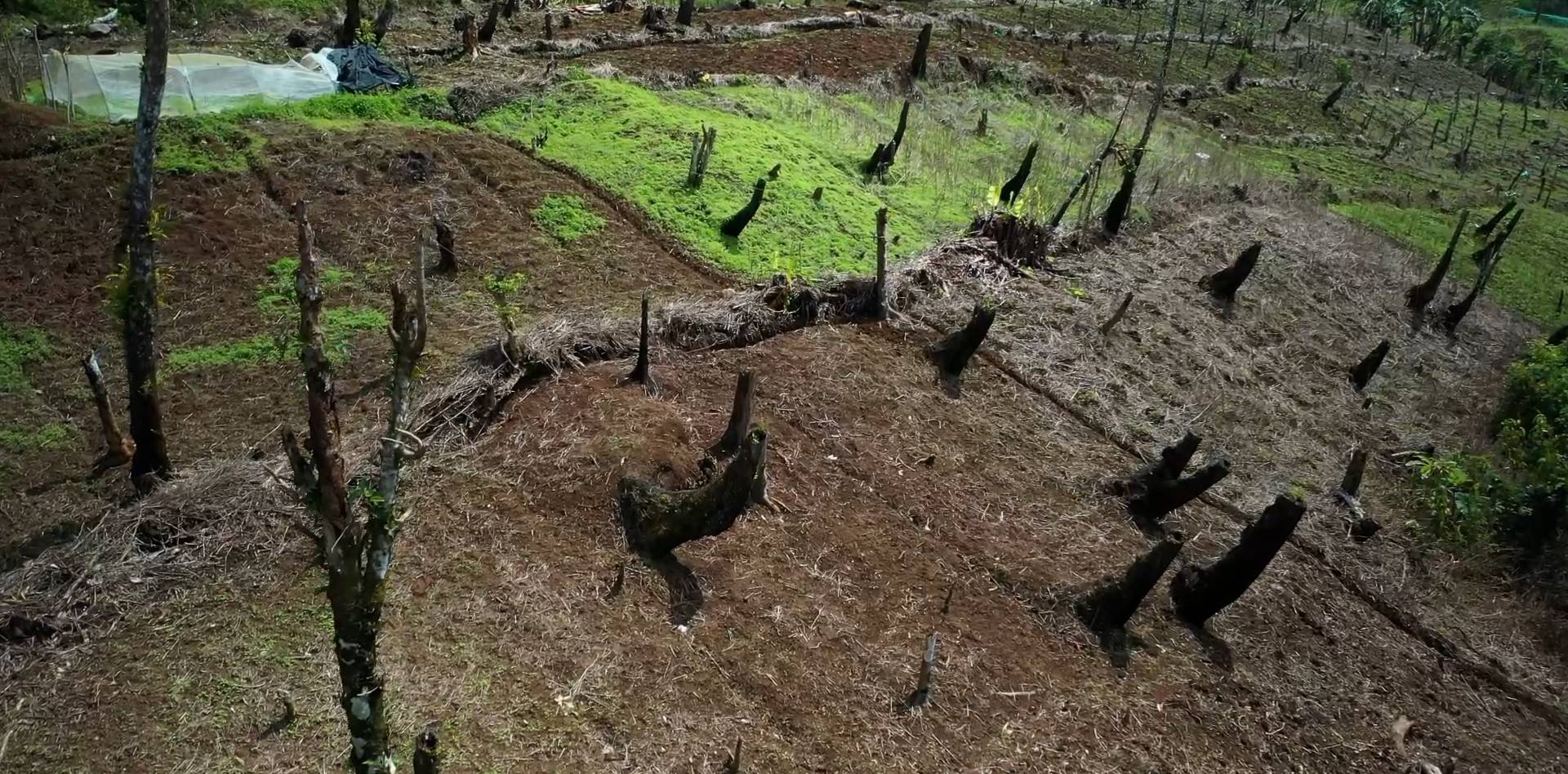
The Philippine warty pig, Oliver’s warty pig and bearded pig are classified by the International Union for Conservation of Nature (IUCN) as “vulnerable,” the Palawan bearded pig as “near threatened,” and the Visayan warty pig as “critically endangered”—one precarious step away from extinction.
Seeing a wild pig now is so rare that news of an old boar snorting atop Mt. Apo hogged local headlines in 2022.
“Warty pig numbers have plummeted from decades of hunting and deforestation,” explains Julius Miano of the Department of Environment and Natural Resources (DENR) office in Ormoc City. “Humans are encroaching on warty pig habitats. Upland communities are converting forests to farms and often view wild pigs as pests because pigs are good foragers that see planted crops no differently as the plants in their home forest.”
Rebel territory
“When I had no money to buy food, I set snare traps like this,” said Ed Permangil, who spent 30 years trapping Philippine warty pigs in the mountains of Leyte.
“When a pig steps on this spring-loaded snare, its legs might get entangled. Snared pigs last up to a week before dying of dehydration. Since it’s difficult and dangerous to carry a struggling pig, we usually kill, gut and chop it up on-site, keeping only the meat.”
Permangil, who now considers himself “retired” as a hunter, used to set up to 20 traps daily. By his own estimate, he had caught and killed nearly a thousand wild pigs since the 1990s.
“The meat has very little fat and sells from P350 to P700, depending on who you are selling to. It has a gamey and smoky flavor, like rotten wood,” he recalled.
In 2019, he was deputized by the DENR as a patrolman of the Barangay Forest Protection Brigade.
Most wild pig hunters prefer to set passive traps to capture or kill their quarry, as tracking them in the bush—even with hunting dogs—is difficult and dangerous.
Injured pigs can be fierce, fighting back with razor-sharp tusks.
“We don’t want to walk around with rifles or homemade firearms,” said another former hunter, Iñigo Orias. “The areas wild pigs inhabit are the same areas where rebel cells operate, so we don’t want to be mistaken for combatants. It’s safer to just lay traps and wait.”
Unlike Permangil, Orias preferred to hunt pigs using homemade explosives.
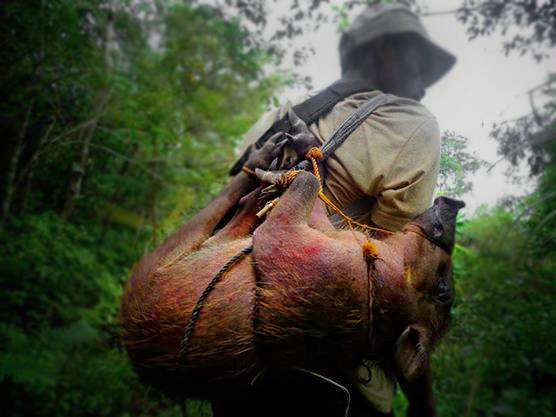
“This is a type of pig-killing bomb called a ‘pong,’ because it looks like a ping-pong ball,” he said, holding aloft three gleaming silver bombs. “This is made from a combination of gunpowder, phosphorous match heads, shrapnel made from broken ceramic tiles and a primer, all dipped in wax for waterproofing. When a wild pig eventually sniffs and bites the bait, the primer ignites and the pig’s head explodes.”
From being part of the threat, Permangil and Orias have now taken to heart that hunting wild pigs is illegal.
Sometimes seen as pests
“Under Republic Act No. 9147 or the Wildlife Resources Conservation and Protection Act, all native wildlife species in the Philippines are legally protected,” wildlife researcher Emerson Sy said. “A person who is found guilty of killing a threatened species by the court may be imposed a fine of P20,000 to P1,000,000, [plus] one to 12 years in jail.”
Many wild pigs become targets of reprisal hunting because they are considered “pests.” We visited Barangay Mahawan in the rainy mountains around Kananga to harvest crops with Fausto Agang and Uldarico Navarro, both of whom till the land for taro, cassava, coconuts and onions.
“This village got its name from wild pig hunters. It is called Mahawan, which is Bisaya for ‘open area.’ It is said that wild pig hunters were looking for a place to rest after many days in the forest. When they discovered this place, they thought it would be perfect for a village,” explains Uldarico.
Soon after the village planted crops, it attracted pigs. “Wild pigs have always been around, but after Typhoon Yolanda, a horde of them came down from the mountains,” recalls Fausto. “They started eating our taro, cassava and coconuts. Because they ate so much, we did not have much to eat. To reduce damage, we set snares to catch them. Catching a pig means not just extra cash, but one less pest targeting our crops.”
Compared to the P25 per kilo that a taro or gabi root can fetch, a 40-kilo wild pig can sell for P20,000. Relentlessly targeted by many people, it’s no wonder wild pigs have learned to instinctively avoid us. Still, some groups are trying to make amends.
Ecological purpose
Though wild pigs are nowhere near as loved or celebrated as the tamaraw, Philippine eagle or tarsier, they quietly do their part to keep our forests alive and productive.
“Wild pigs serve an important ecological purpose as they help regenerate forest habitats through soil aeration and seed dispersion,” said lawyer and former DENR Wildlife Resources Division Chief Theresa Tenazas.
“We should change the negative connotations associated with baboy damo to finally reduce the demand for bush meat,” Tenazas said.
“Wild pigs naturally disperse the fruits and seeds of many plants,” Aguilar said. “Always busy foraging for roots, fruits and new shoots, they help give new trees a good start by excreting these … around the forest. Best of all, the seeds come with a smelly but rich fertilizer in the form of pig poop.”
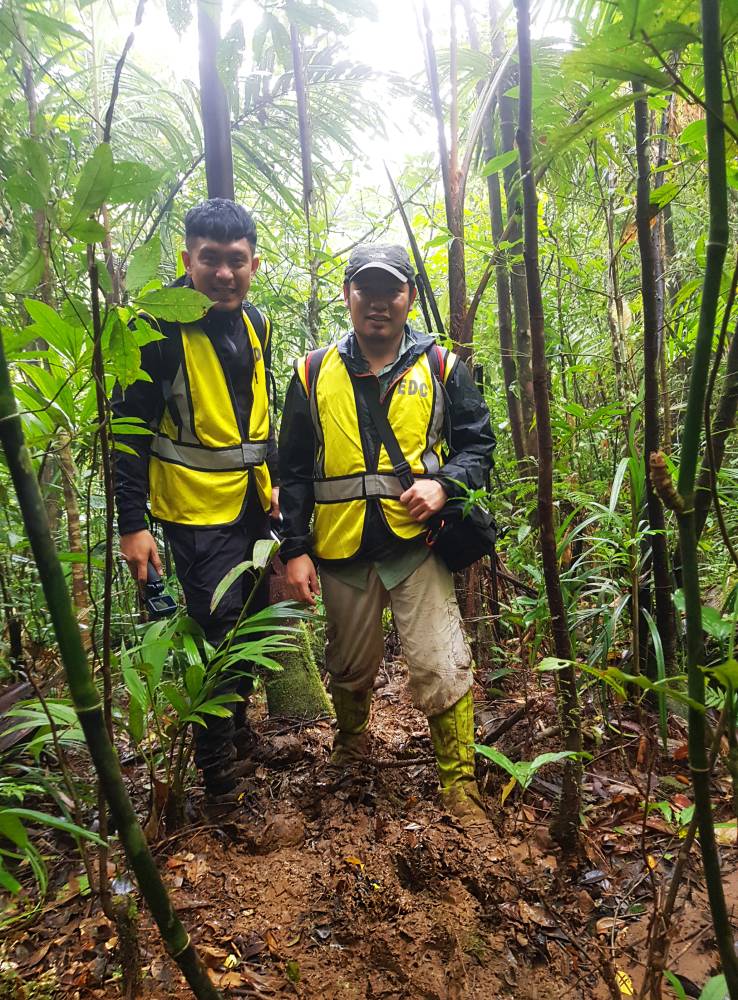
Flagship species
But despite being no poster child of conservation efforts, the baboy damo has been receiving considerable attention in recent years.
The Philippine warty pig, for instance, is just one of nine animal and plant species being monitored by the Flagship Species Initiative (FSI) of EDC’s Binhi program—the largest private-sector-led forest restoration and biodiversity conservation effort in the country.
Launched in 2008, Binhi has helped restore over 10,000 hectares of forestland with the assistance of 88 forest communities, while rescuing 96 threatened Philippine tree species and recording over 500 species of fauna.
Binhi’s FSI aims to popularize some of the nation’s lesser-known forest denizens, including the wildlife found in its geothermal, solar and wind sites.
As Abegail Gatdula, FSI’s Project Leader and EDC’s Watershed Management Officer, put it: “In EDC, flagship species are not only icons to mainstream Philippine biodiversity conservation. They also serve as indicators of the effectiveness of our forest protection and biodiversity conservation efforts.”
Rewarding sight
About six months after the setup of our camera traps, they finally captured high-resolution videos of Philippine warty pigs—including some piglets!
More sightings had since followed—both of roaming individuals and entire families.
Not only were they alive and thriving, but their appearance gave us hope that new generations of pigs are under way.
Work is ongoing to review about 10,000 hours of footage—for a bigger picture of the impact of FSI’s efforts.
“We work closely with communities inside the geothermal reservation, so warty pigs will always be protected here,” Aguilar said. “Beyond sustainable development, we need regenerative development to maintain the balance of life on Earth.”
Though still hunted across the country, at least in Leyte, there is still a place where baboy damo can still roam safe and free.






